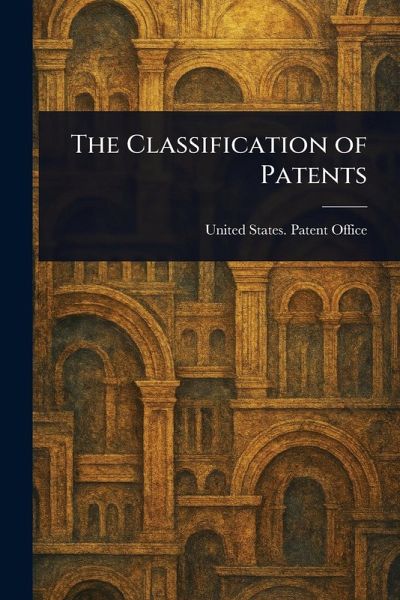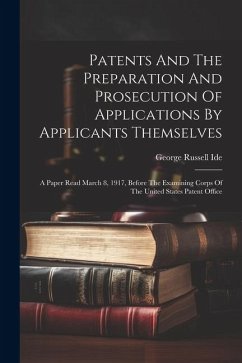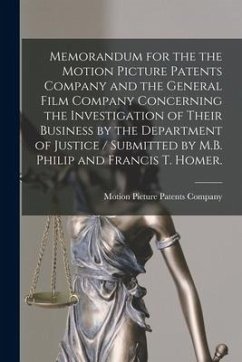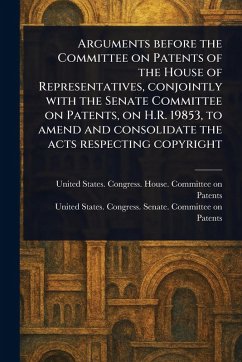
The Classification of Patents
Versandkostenfrei!
Versandfertig in über 4 Wochen
14,99 €
inkl. MwSt.

PAYBACK Punkte
7 °P sammeln!
"The Classification of Patents" offers a comprehensive overview of United States patent law and the intricate system by which inventions are categorized. Prepared by the United States Patent Office, this historical text provides insight into the organization and management of patents, offering a glimpse into the evolution of technology and intellectual property in America. This volume meticulously details the framework used to classify patents, reflecting the technological landscape of its time. A valuable resource for those interested in the history of patents, technology, and business, the b...
"The Classification of Patents" offers a comprehensive overview of United States patent law and the intricate system by which inventions are categorized. Prepared by the United States Patent Office, this historical text provides insight into the organization and management of patents, offering a glimpse into the evolution of technology and intellectual property in America. This volume meticulously details the framework used to classify patents, reflecting the technological landscape of its time. A valuable resource for those interested in the history of patents, technology, and business, the book sheds light on the legal and industrial landscape surrounding inventions in the United States. It serves as a foundational reference point for understanding the principles of patent law and its impact on American innovation. Explore the system that shaped the protection of inventions and technological advancements in the US. This work has been selected by scholars as being culturally important, and is part of the knowledge base of civilization as we know it. This work is in the public domain in the United States of America, and possibly other nations. Within the United States, you may freely copy and distribute this work, as no entity (individual or corporate) has a copyright on the body of the work. Scholars believe, and we concur, that this work is important enough to be preserved, reproduced, and made generally available to the public. We appreciate your support of the preservation process, and thank you for being an important part of keeping this knowledge alive and relevant.














